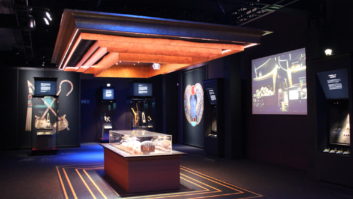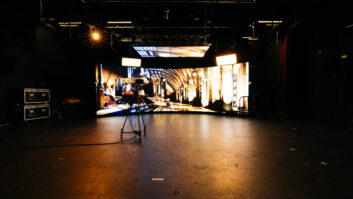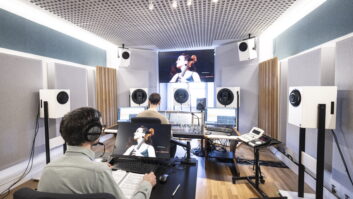The Council of Home Automation and Residential Technology (CHART) has a laudable goal ñ demystifying home electronics so that architects, builders, interior designers and others are comfortable with the subject and know how to accommodate it in their work. John Brusa, CHART chairman, talks to Paddy Baker about his organisationís mission and plans.
A new organisation has been established in the United States with the aim of moving residential AV technology to the forefront of the minds of architects, builders and interior designers. CHART, the Council of Home Automation and Residential Technology, aims to provide practical information that professionals can use in their day-to-day work to ensure that homeownersí requirements are considered from an early stage.
To picture the task that CHART has set itself, consider the provision of bathrooms in homes. Architects, builders and others are sufficiently familiar with bathroom equipment to be able to allocate space and budget for it, and also to have meaningful discussions with their clients about their requirements for bathrooms. When it comes to electronic technology, however, these professionals generally do not have enough of an understanding, either of the technical infrastructure required or of the budgetary implications, to do either of these things.
ìMost architects, builders and interior designers do not take home electronics under consideration until very late in a project, if at all,î says CHARTís chairman John Brusa. ìThis is not due to a lack of professional concern, but rather the absence of clear standards and budgetary guidelines.
CHART says that 5% of the cost of a home construction project should be devoted to electronics infrastructure and components. This percentage is unaffected by either the size of the home or its cost per square foot. If this is planned in from the beginning of the project, it prevents unpleasant ñ and costly ñ surprises later on.
ìWe donít feel we have the luxury to wait for a top-down approach to work,î says Brusa, referring to standards-setting activities of CEDIA and other bodies ñ valuable though such work is, he adds. CHART ñ which sees itself, by contrast, as a grassroots movement ñ intends to produce clear, workable guidance for professionals. ìOur approach is to take information that everyone in our industry understands, take out the technical talk and hand it back to the architect.î
The Council uses the strapline ëBringing together architects, builders, designers and residential technology engineeringí ñ a philosophy that is reflected in the make-up of its founder members. Brusa describes himself as ìa long-term home electronics personî with 20 yearsí experience of electrical systems contracting. He is president of Image Tech Design, a Massachusetts-based systems contractor that has won multiple CEDIA Awards.
The other founder members are Tom Catalano of Catalano Architects; Robert Ernst, president of FBN Construction; and Derrell Parker, international president of the International Interior Design Association. Each of these people will chair technology committees of their peers, with the aim of producing further guidance. More focus groups will be announced in the coming weeks.
CHART is aiming to have its first white paper on its website by the end of 2009. This white paper will be, says Brusa, ìa well-indexed list of informationî, rather than ìa flowery storyî. ìWeíre trying to be as ëmeat and potatoesí as possible ñ we want this information to be used,î he says.
Given that the organisation is based in the US, itís inevitable that the material will be produced with an American audience in mind ñ ìIt will be feet and inches,î concedes Brusa ñ but much of the material it produces will be concerned with broad principles rather than detailed specifications, and so will be of value to a European audience, he says.
Brusa stresses that CHARTís information will be free to access. The organisation will look to cover its costs, for example through sponsorship opportunities.
So, what is CHARTís vision of what it would like to achieve in, say, five years? ìWe would love to be on an equal footing with anything else in the architectís toolboxÖ We would like every home to be designed with the opportunity for electronics to be incorporated in it.î







